Platelet Rich Plasma (PRP) treatment has become a popular solution in the realm of hair restoration. It is widely used to stimulate hair growth, improve hair texture, and address hair thinning. The procedure involves drawing a small amount of the patient’s blood, processing it to concentrate the platelets, and then injecting this platelet-rich plasma back into the scalp. While PRP treatment can be effective for many individuals, it may not be suitable for everyone, particularly those with white or gray hair. In this article, we explore who should avoid PRP treatment for white hair and why.
Understanding the Science Behind PRP:
Platelet Rich Plasma Treatment for White Hair in Dubai (علاج البلازما الغنية بالصفائح الدموية للشعر الأبيض في دبي) works by utilizing the body’s natural healing properties to promote hair growth. Platelets, which are rich in growth factors, stimulate the hair follicles, promoting the production of healthier hair. However, for people with white or gray hair, the effectiveness of PRP can vary. White or gray hair occurs when the melanocytes (cells that produce pigment) in the hair follicles stop functioning or die off. This lack of melanin can affect how well the treatment works, as PRP typically stimulates pigment-producing follicles, which may not be present in those with white hair.
Individuals with Complete Gray or White Hair:
One of the main groups that should avoid PRP for white hair are individuals with fully gray or white hair. Since PRP treatment relies on the stimulation of active hair follicles to regenerate hair, those with entirely white hair often have follicles that no longer contain active melanocytes. Without these pigment-producing cells, PRP may not yield noticeable results. In such cases, the treatment may only work on a limited number of existing pigmented follicles, leaving much of the hair unaffected.
People with Insufficient Hair Follicles:
Another group who might not benefit from PRP are those with very few remaining hair follicles. White hair is often associated with aging, and as we age, our hair follicles may shrink or become dormant. If a person has significantly reduced follicular density, PRP may not be effective, as there are simply too few viable follicles for the treatment to work on. For these individuals, other alternatives, such as hair transplants or external cosmetic solutions, might be more appropriate
Underlying Medical Conditions:
Certain medical conditions can prevent PRP from working effectively, regardless of whether someone has white or colored hair. Conditions such as autoimmune disorders, blood diseases, or scalp infections can hinder the body’s ability to regenerate new hair. Individuals with these health concerns should consult with a healthcare professional to assess whether PRP is suitable for their needs. Moreover, those undergoing active treatments like chemotherapy may also experience a reduced effectiveness of PRP due to the weakened state of their hair follicles.
Unrealistic Expectations for PRP Results:
Individuals with white hair often seek PRP treatment with high hopes for a transformation, expecting their white hair to turn back to its natural color. However, PRP is not designed to reverse graying or restore pigment to existing white hair. It is primarily used to stimulate hair regrowth, and it may not be capable of addressing the pigmentation aspect. Anyone seeking PRP treatment for white hair should adjust their expectations and understand that the treatment will likely only help with hair density and growth, rather than color restoration.
Age Considerations and PRP Effectiveness:
Age plays a significant role in how well Platelet Rich Plasma Treatment for White Hair in Dubai (علاج البلازما الغنية بالصفائح الدموية للشعر الأبيض) works, especially for individuals with white or gray hair. While younger individuals with early graying might see positive results, older individuals may find that the treatment has limited success. As we age, the body’s ability to regenerate hair diminishes, and PRP might not be as effective in promoting the regrowth of dense, pigmented hair in the elderly. For this reason, older individuals with complete white or gray hair may not see the same results as younger people with earlier stages of graying.
Understanding the Importance of Personalized Hair Care Solutions:
Choosing the right hair treatment is highly individual, and what works for one person may not work for another. This is especially true for people with white or gray hair, as the underlying causes of hair color loss and thinning can vary greatly. Personalized hair care solutions that take into account factors such as age, overall health, hair follicle condition, and personal goals are crucial. Whether it’s exploring other hair restoration treatments or focusing on maintenance with appropriate products, individuals with white hair should tailor their approach based on expert advice and realistic expectations.
Conclusion:
While PRP can offer promising results for hair restoration, it is not always the best solution for people with white hair. Individuals with completely white or gray hair, those with few remaining hair follicles, and those suffering from underlying health conditions should consider alternative treatments. Options like hair transplants, pigmentation treatments, or topical solutions may offer better results for these individuals. It’s essential to consult with a hair restoration expert to determine the most suitable treatment based on individual hair and scalp conditions.

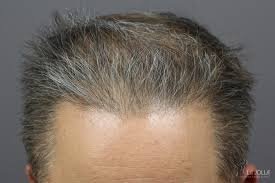



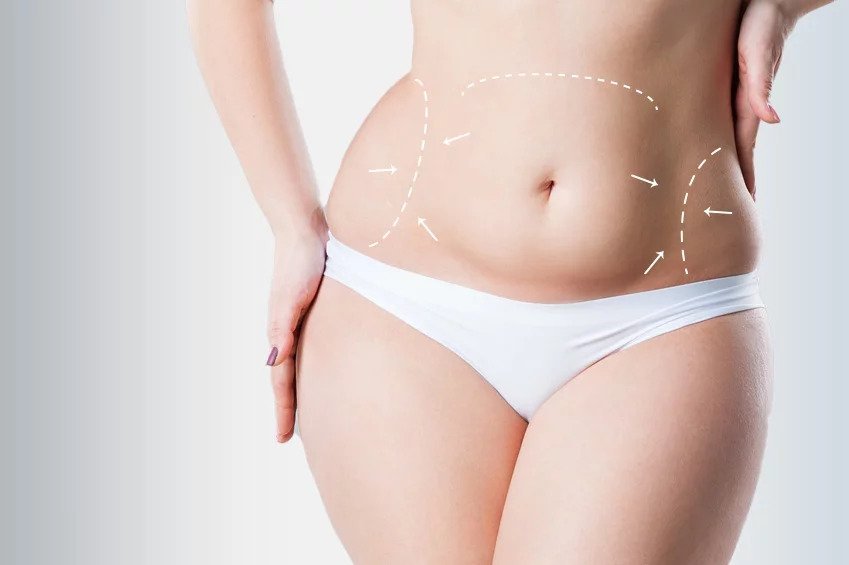
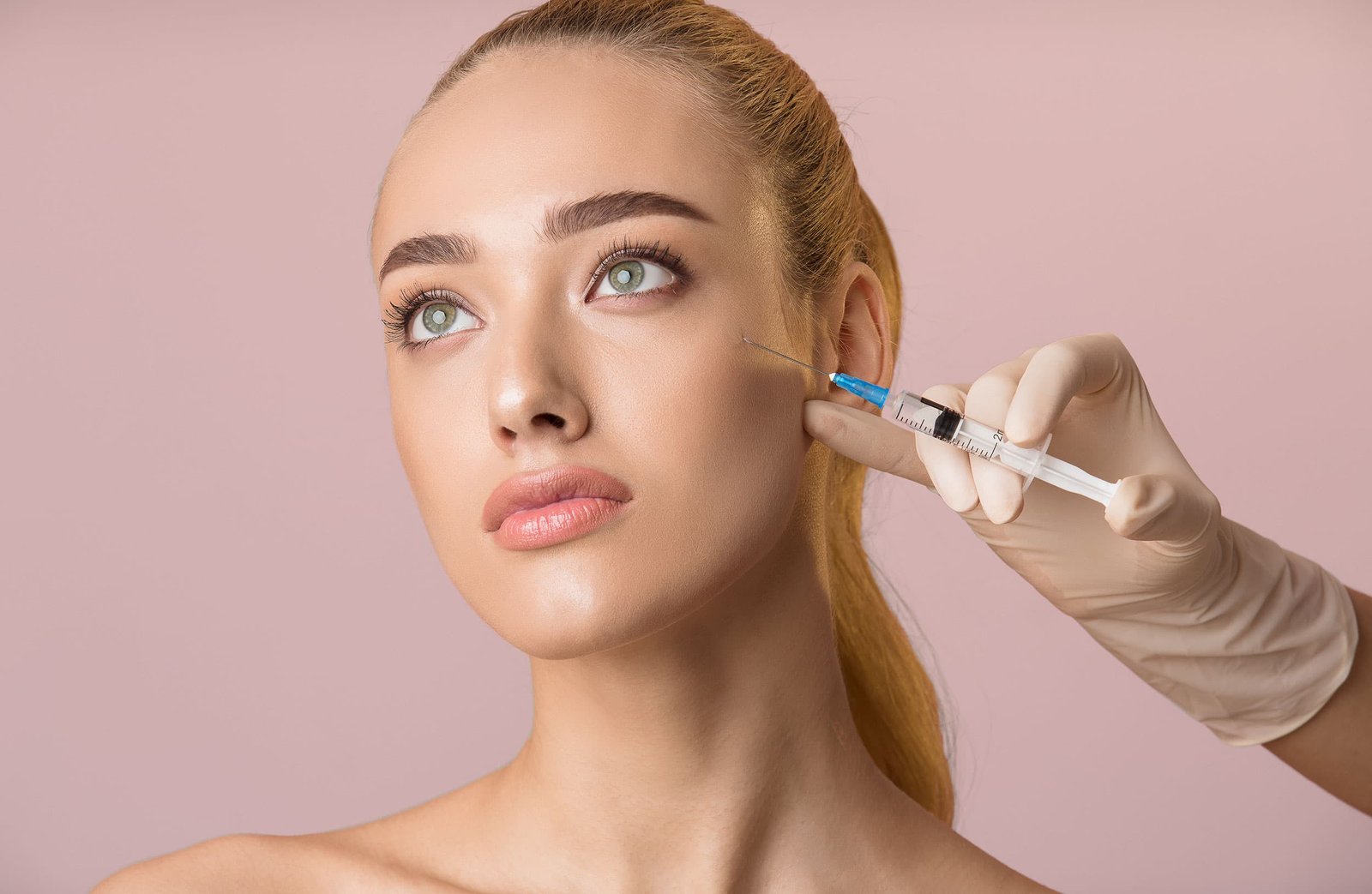



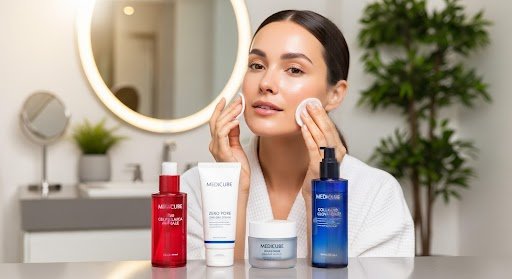



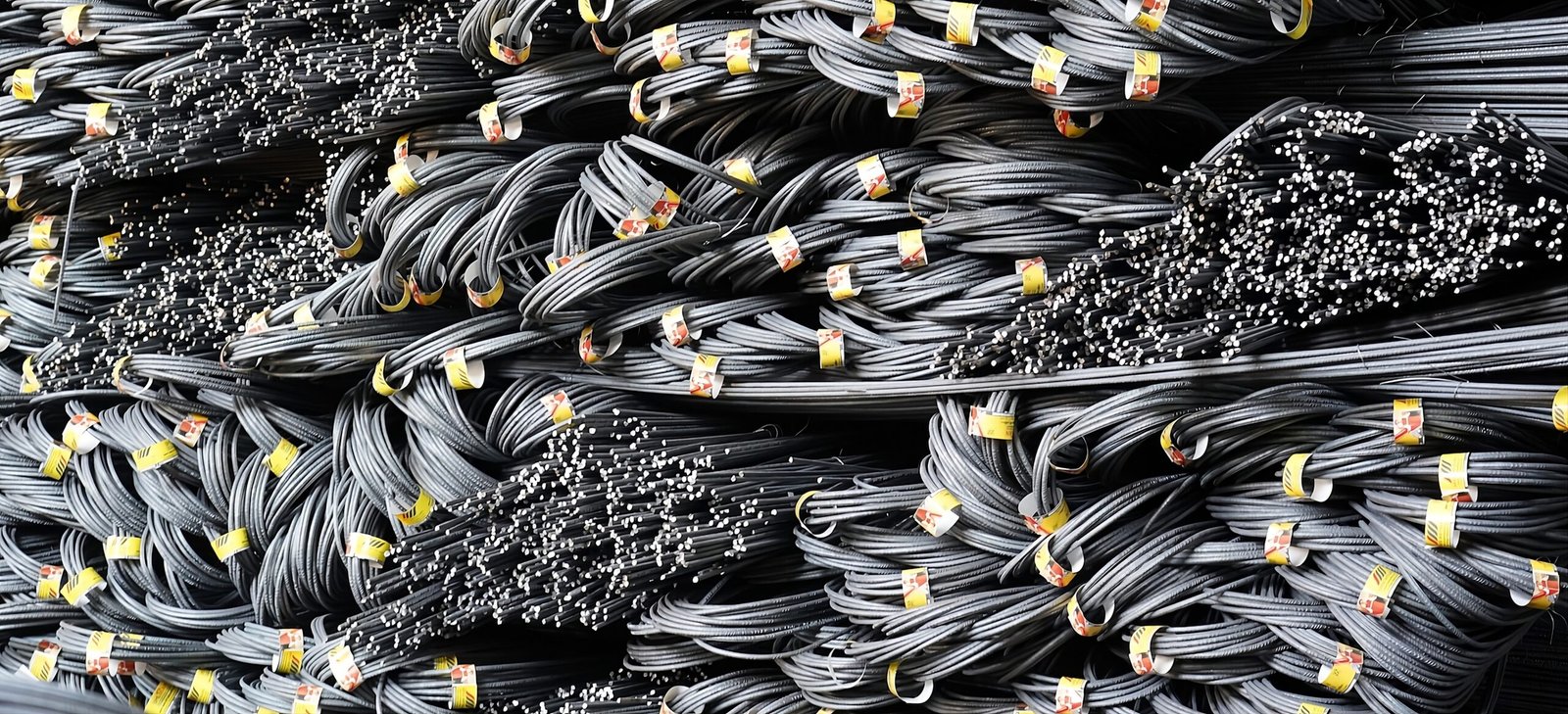
Leave a Reply